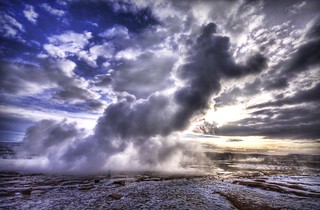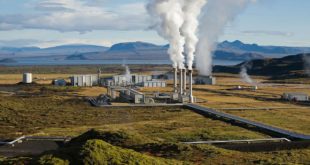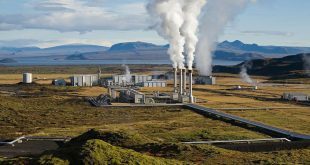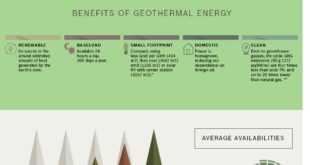Industry needs early funding, risk mitigation to thrive

Last week, the Geothermal Energy Association hosted the GEA International Geothermal Showcase, bringing together 250 participants from 36 countries and representing more than half of all geothermal projects worldwide. Together, these projects could mean over 10,000 MW of new geothermal power and would represent around $45 billion in new investment.
“The geothermal industry is seeing strong global growth as international efforts are working to address the challenges of early funding and risk mitigation,” noted GEA Executive Director Karl Gawell. “The U.S. market remains slow as federal and state governments debate whether and how to support incentives for new development,” he added.
GEA released the results of its new U.S. and International Market Update to event attendees, now available online athttp://geo-energy.org/reports.
At the Showcase, industry representatives discussed the environment that is needed to foster greater domestic growth, including policy support in Nevada, California and other western states. A priority for GEA leadership is the need to see geothermal properly valued as a baseload source in the marketplace.
Much excitement focused on international markets, where insiders noted robust growth driven by the increasing need for electricity, and the realization that economic well-being is tied to the availability of power at a reasonable price. Internationally, the value of geothermal is recognized, with countries such as China and Japan offering significant feed-in tariffs, as well as explosive sector growth in electricity hungry Asia, Africa and Latin America.
With U.S. export of geothermal technologies and manufacturing expertise on the rise, financial challenges lingered domestically as the industry looked to rectify policy discrepancies for the various renewable technologies. While other renewable resources such as wind and solar can come online within a year and a half, geothermal projects face project timelines of up to seven years, making it more difficult for financers to utilize programs such as the Production Tax Credit or the Investment Tax Credit. Without consistent domestic policy support, the industry is seeing a lack of investment in research and development in the United States. Stateside, however, Renewable Portfolio Standards have been helpful in driving demand for renewables including geothermal. Showcase attendees also noted that transmission presents a stateside challenge in regions such as the Salton Sea in California.
GEA hosted the Showcase with support from organizations including the U.S. Trade and Development Agency, the Overseas Private Investment Corporation, the U.S. Agency for International Development, the U.S. Department of Energy Geothermal Technologies Office, the U.S. Department of State, U.S. Export-Import Bank, The World Bank, U.S. Department of Commerce, U.S. International Trade Administration, Inter-American Development Bank, Energy Sector Management Assistance Program and U. S. Energy Association.
The following countries were represented at the Showcase: Belgium, Chile, Colombia, Commonwealth of Dominica, Costa Rica, Croatia, Djibouti, Dominica, Ethiopia, Fiji, Germany, Iceland, India, Indonesia, Italy, Japan, Kenya, Mexico, New Zealand, Nicaragua, Nigeria, Pakistan, the Philippines, Romania, Rwanda, Singapore, Spain, St. Kitts and Nevis, Switzerland, Taiwan, Tanzania, Thailand, Turkey, Uganda, and the United States.
The geothermal industry will continue the conversation when they gather for the National Geothermal Summit at the Grand Sierra Resort & Casino in Reno, Nev., August 5-6. For more information on the Summit, please visit: http://www.geo-energy.org/
 Alternative Energy HQ solar power for homes, wind energy, and bio fuel issues
Alternative Energy HQ solar power for homes, wind energy, and bio fuel issues








